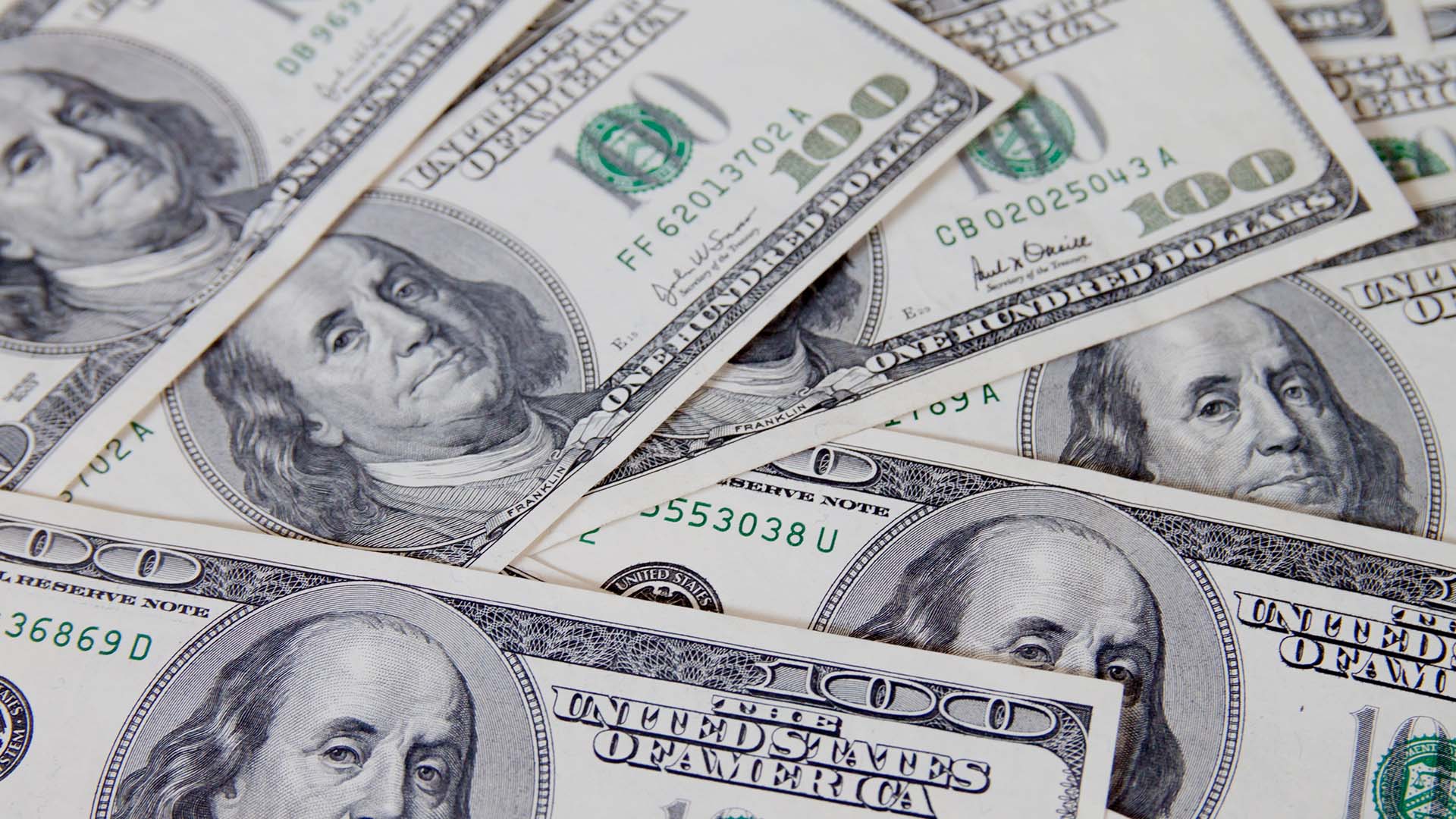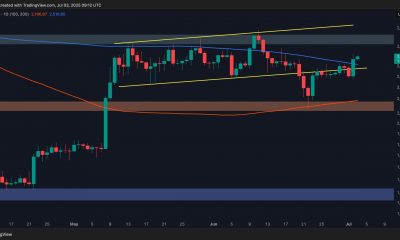Forex
Goldman Sachs: the dollar has no real competitor

While many analysts are increasingly worried about the dollar losing its status as the world’s reserve currency, Goldman Sachs analysts said they do not believe in de-dollarization, believing that the dollar will continue to dominate the world stage for a long time.
While GS acknowledges that there is an obvious risk if the U.S. abuses its exorbitant privileges, the bank believes that de-dollarization is essentially a lot of talk but little action.
“We see no evidence so far in the data (e.g., even Brazil’s growing share of reserves in Chinese yuan has replaced the Canadian dollar rather than the U.S. dollar, and we are convinced that it has no real competitor at this time,” Goldman Sachs said.
The bank explained that part of the dollar’s decline can probably be attributed to normal market forces, as treasuries fell and Asian central banks sold their dollar holdings last year to counter the rising dollar.
Goldman Sachs analysts also noted that sanctions against Russia, Brazil’s plans to create yuan clearing mechanisms, speculation about using the yuan in commodity trade, and the U.S. banking crisis and debt ceiling crisis are not enough to displace the dollar’s role in global reserves or trade.
They argue that other currencies still face many obstacles to attaining the same status as the dollar, given the depth of the capital market, trust building for access and the guiding legal framework, trade billing and currency management systems.
We previously reported that the share of euro settlements via SWIFT has fallen to its lowest since April 2020.

 Forex3 years ago
Forex3 years agoForex Today: the dollar is gaining strength amid gloomy sentiment at the start of the Fed’s week

 Forex3 years ago
Forex3 years agoUnbiased review of Pocket Option broker

 Forex3 years ago
Forex3 years agoDollar to pound sterling exchange rate today: Pound plummeted to its lowest since 1985

 Forex3 years ago
Forex3 years agoHow is the Australian dollar doing today?

 Cryptocurrency3 years ago
Cryptocurrency3 years agoWhat happened in the crypto market – current events today

 World3 years ago
World3 years agoWhy are modern video games an art form?

 Commodities3 years ago
Commodities3 years agoCopper continues to fall in price on expectations of lower demand in China

 Economy3 years ago
Economy3 years agoCrude oil tankers double in price due to EU anti-Russian sanctions






























